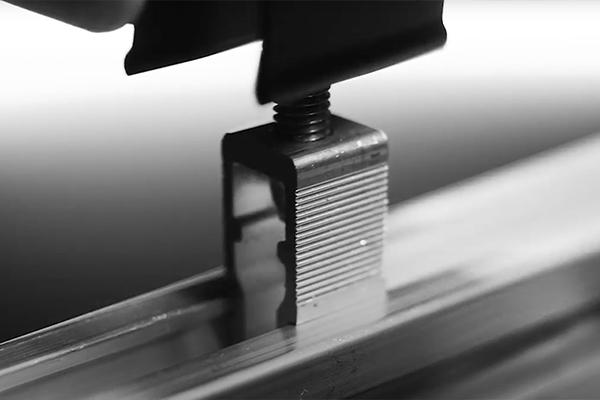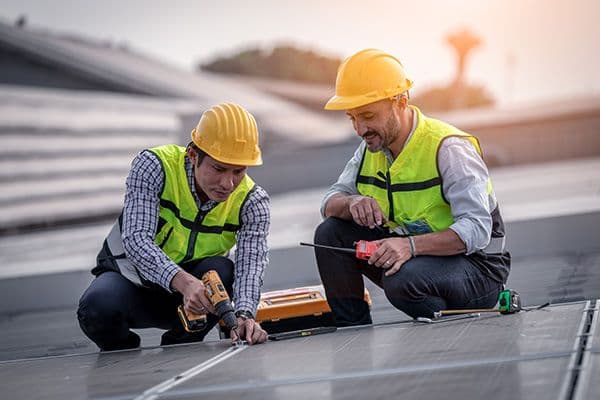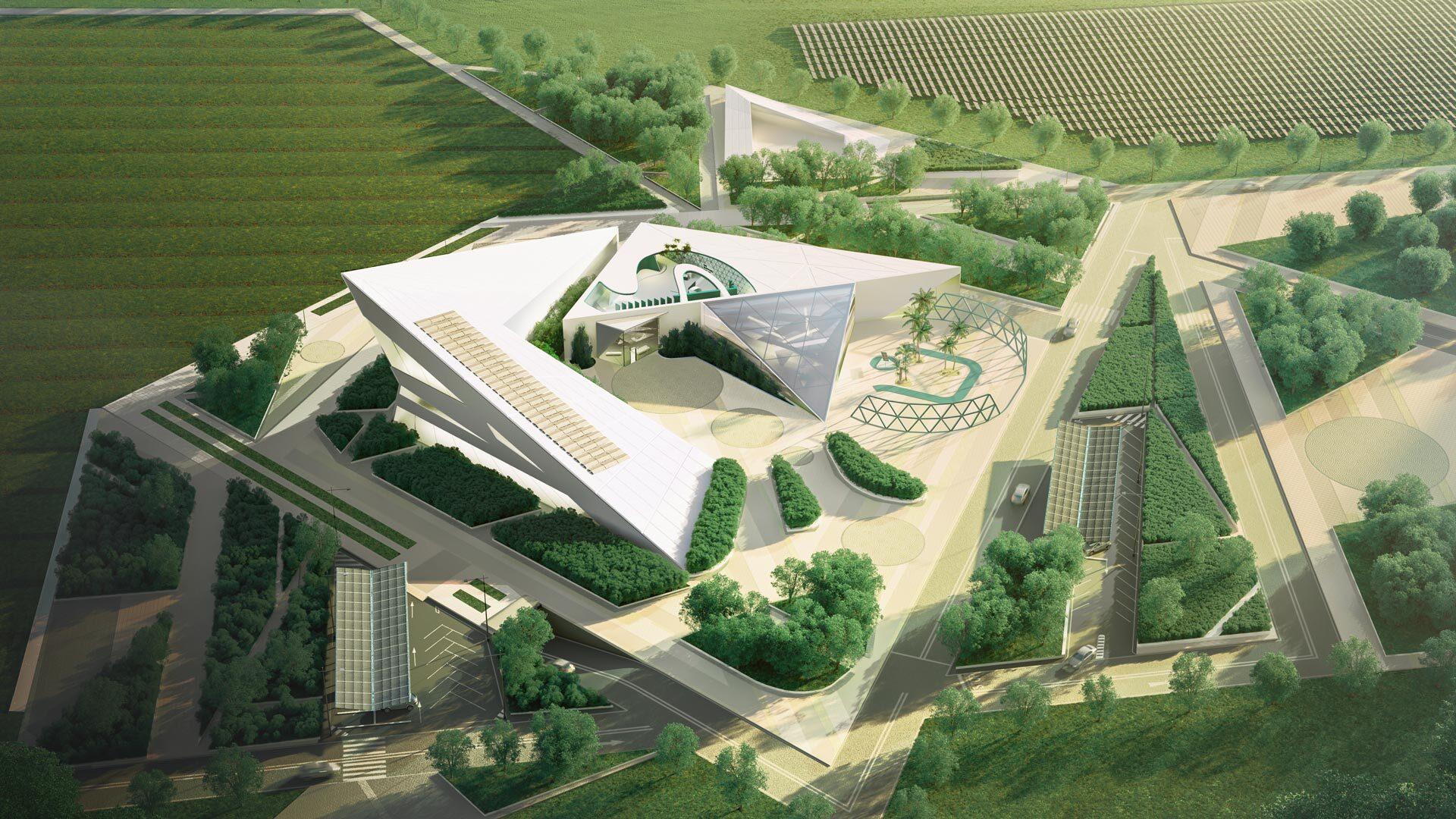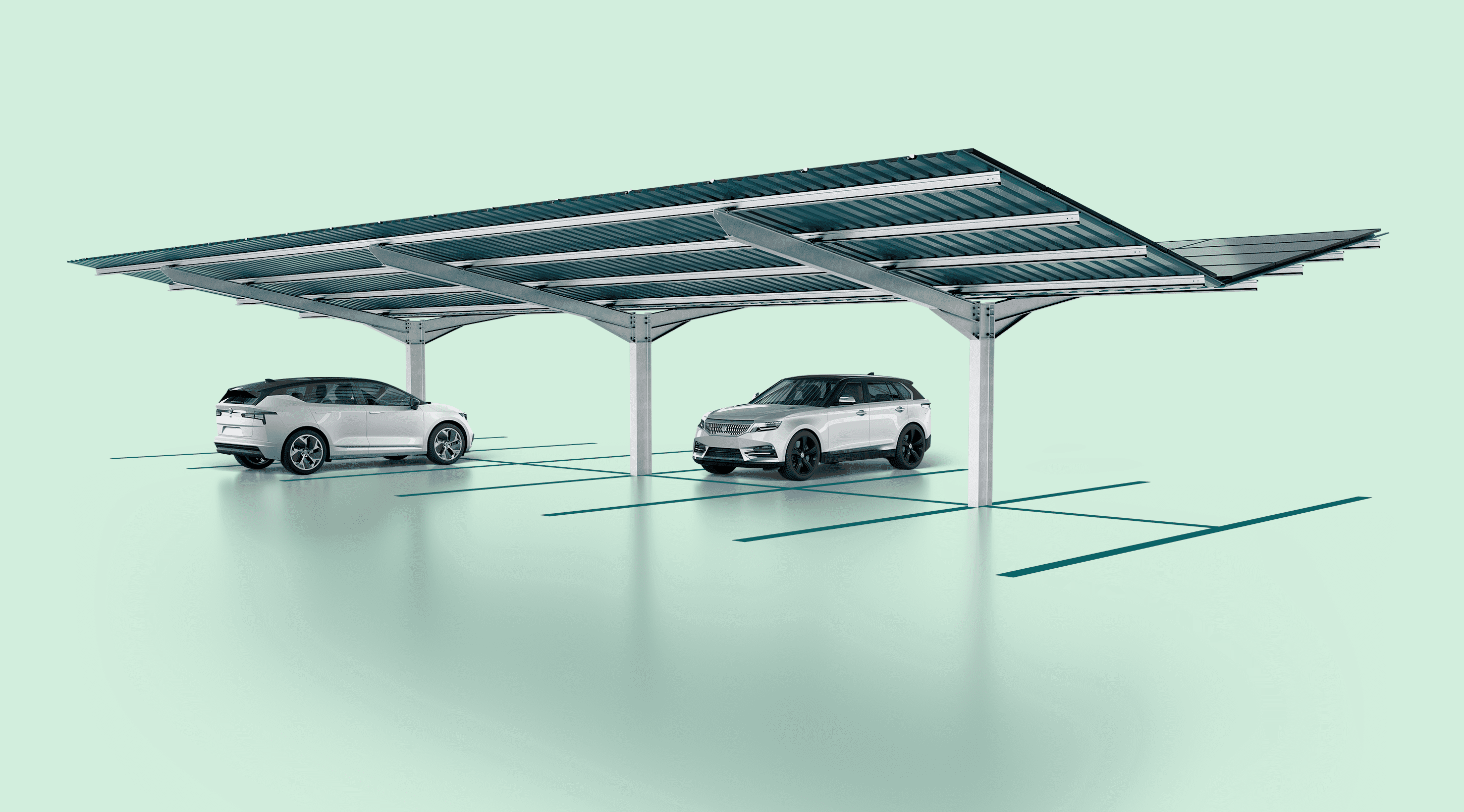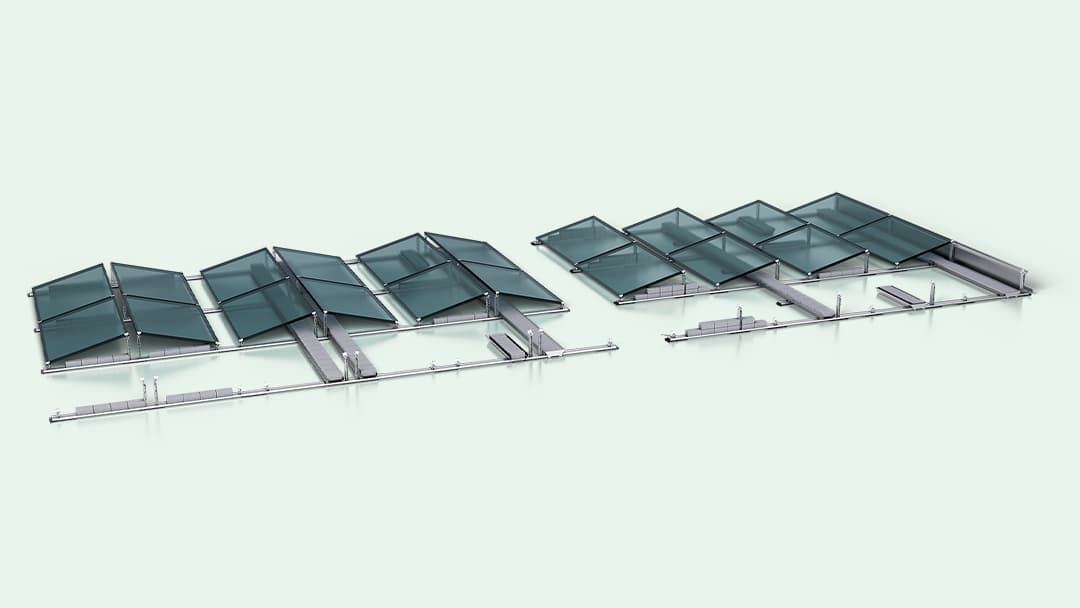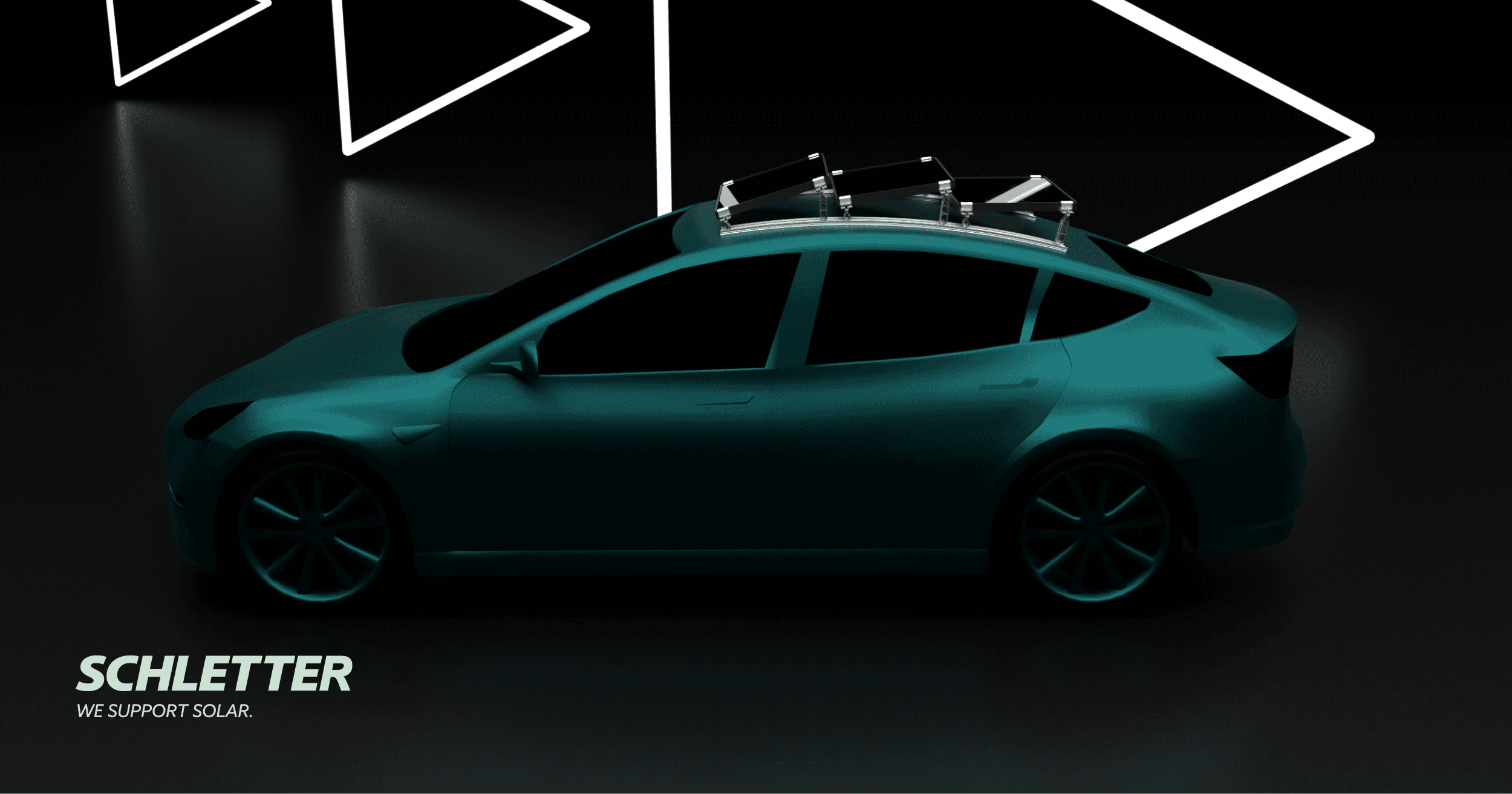
How do you build a “hurricane-proof” PV system, Dr. Zapfe?
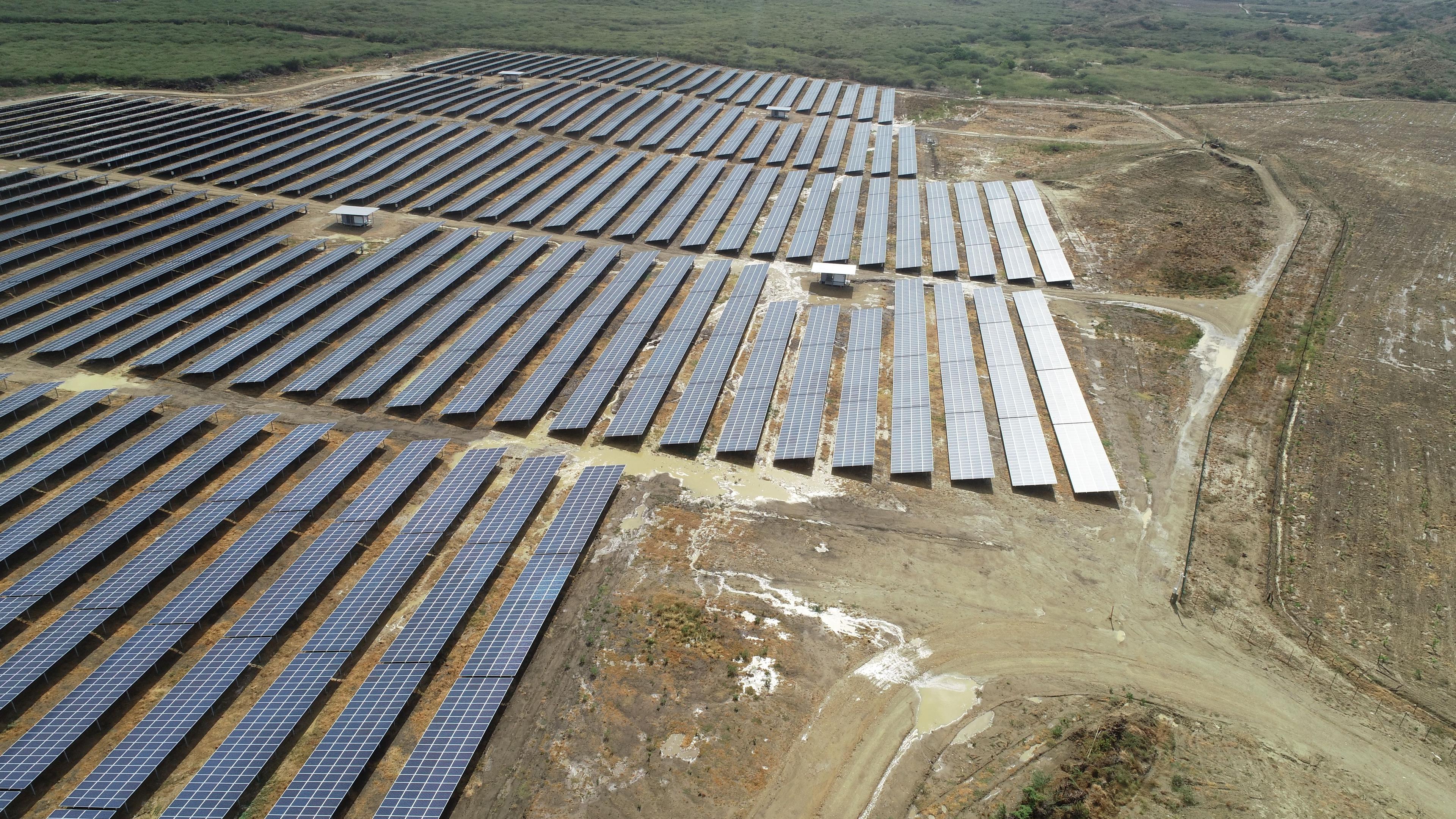
Kirchdorf/Haag, June 2021: From a yield perspective, the equator region is the ideal location for PV systems. Nowhere in the world are the sunshine duration and intensity as high as in the tropics. However, there is a catch: in late summer and autumn, tropical hurricanes with wind speeds of over 200 km/h regularly occur there. This poses the threat of serious and costly damage. Dr.-Ing. Cedrik Zapfe, expert and CTO of the Schletter Group, explains how “hurricane-proof” PV plants can still be erected there and what is important.
1. Observe local standards
In most countries, there are local standards which, among other things, refer to the wind loads acting in the region. These standards form the basis for the static calculation of the system. This results, for example, in the post spacing and the necessary mathematical verifications for the module clamps, etc.
2. Check ground conditions
However, the best static calculation is of no use if the system is literally “built on sand”. This is because all forces acting on the system must be absorbed by the posts and dissipated into the ground. And the ground is often the weakest link in the chain at high wind speeds. If a hurricane sweeps over the solar modules, a lift effect occurs – similar to an aircraft wing. Enormous tensile and leverage forces act on the foundations of the system, which can cause them to loosen or even be pulled out of the ground.
The basis of any serious planning is therefore a precise investigation of the soil conditions. This is usually done by means of a geological survey that analyses, among other things, the structure, composition and porosity of the soil. The expert opinion is prepared either by a specialised service provider or by the installation manufacturer – provided he has the relevant experience. This results in a specification for the overall statics of the installation, including the necessary verifications.
3. Static calculation – knowing the basics
For the subsequent static calculation of the system, it is first important to understand the so-called “load effect side” exactly: Where do wind loads act and, above all, how. The expected wind speeds from the local technical standards are only one side of the coin. They say what forces can occur, but not how these forces actually act on the individual components. It is the task of the assembly supplier to investigate this. For this reason, extensive wind tunnel tests are an integral part of product development for manufacturers of high-quality systems. With the help of the data obtained in this way, the force effect can be calculated exactly. It is important that all components are taken into account. In practice, it often happens that, for example, only the loads are tested that the profiles must be able to bear, while other components such as binders and module clamps are neglected.
The second important parameter for the calculation is the “component resistance side”, i.e. the load-bearing capacity of the individual components. Here, too, pure calculation models are not enough; testing is required. The reason: When planning PV systems, standards and calculation methods commonly used in the building industry reach their limits. The background is that a PV system is not erected in an assembly hall under perfect conditions, but out in the field. The tolerances, for example in the settlement of pile-driven foundations in uneven terrain, are therefore inevitably greater than in classic building construction.
For this reason, suppliers must put great attention to thorough component testing as part of their product development. Reputable suppliers test and calculate the component resistances during product development using the so-called “finite element method”, in which the physical behaviour of the components under load is elaborately simulated and calculated. Ideally, this is supplemented by real load tests. This increases the development effort. But it is an important prerequisite for an assembly system to last the planned 25, 30 or even 40 years even under extreme conditions.
4. Precise assembly instructions
To ensure that what has been calculated also functions in practice, the system must of course be professionally assembled on the construction site. For this, precise and comprehensive documentation and assembly instructions with corresponding technical drawings are crucial – especially since the assembly is usually carried out by third party companies. These drawings not only include detailed assembly instructions. They also point out sources of error, such as the correct tightening torque of screws.
5. On the building site: Improvise – but do it right
There is hardly any outdoor PV project where the planning on the construction site can be implemented 100 percent exactly. There are almost always unforeseeable difficulties that force you to deviate from the plan in places. For example, you often come across boulders in the ground and therefore cannot place some pile-driven foundations as planned.
It is therefore important to have a certain ability to improvise on the construction site – but in such a way that the statics are still guaranteed. This is ensured by a responsive and experienced “after-sales support” by the installation manufacturer. Ideally, the same technicians who were already involved in the planning take care of the calculation and implementation of alternative solutions.
6. Can turn into a static problem: Corrosion
The tropics are not only an extreme region with regard to possible wind loads. The atmosphere is also more aggressive for steel components than in almost any other place on earth. For one thing, the air in coastal areas has a very high chloride content, which massively promotes and accelerates corrosion. In addition, there is high humidity, and condensation often forms on the components in the morning and evening. In coastal locations, both phenomena occur simultaneously – an extreme stress for metal parts.
Conventional corrosion protection only lasts a few years under such extreme conditions. Once the coating is “off”, there is a risk of pitting and even failure of individual components. This shows that durability is more important in the tropics than elsewhere. In tropical regions with strong winds, a particularly durable and resistant corrosion protection that can cope with these aggressive conditions is therefore a must.
Solid mounting system secures investment
PV systems in tropical regions have above-average yields. At the same time, they are exposed to above-average risks – from hurricanes, heavy rain, humidity and corrosion. Investors and project developers should therefore pay close attention when selecting and planning the mounting system. A simple calculation shows why this is worthwhile: the mounting system accounts for only about 10 percent of the total investment, the modules for about 70 percent. Whoever sets the wrong priorities here risks an expensive shambles.

